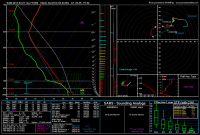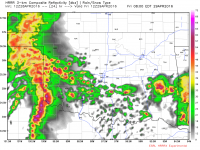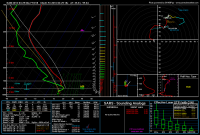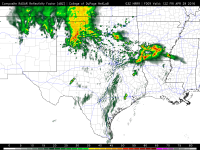Brian McKibben
EF3
Figured i would start the thread for Friday. Last 3 runs of the NAM are promising. 12z GFS is coming into alignment with NAM.
Negative tilt trough at 500mb. Tds > 65 all the way up to I-40 and maybe southern KS. GFS is not bullish on 850 winds but the NAM is lighting up like a christmas tree. Don't want to get too excited after tuesday, but the potential is there and bears watching.
Looks like we will have some better directional shear and less meridional flow like tuesday. I did see some vbv in a few soundings.
All said... I will be watching this one.
OKC sounding for friday.

Negative tilt trough at 500mb. Tds > 65 all the way up to I-40 and maybe southern KS. GFS is not bullish on 850 winds but the NAM is lighting up like a christmas tree. Don't want to get too excited after tuesday, but the potential is there and bears watching.
Looks like we will have some better directional shear and less meridional flow like tuesday. I did see some vbv in a few soundings.
All said... I will be watching this one.
OKC sounding for friday.




